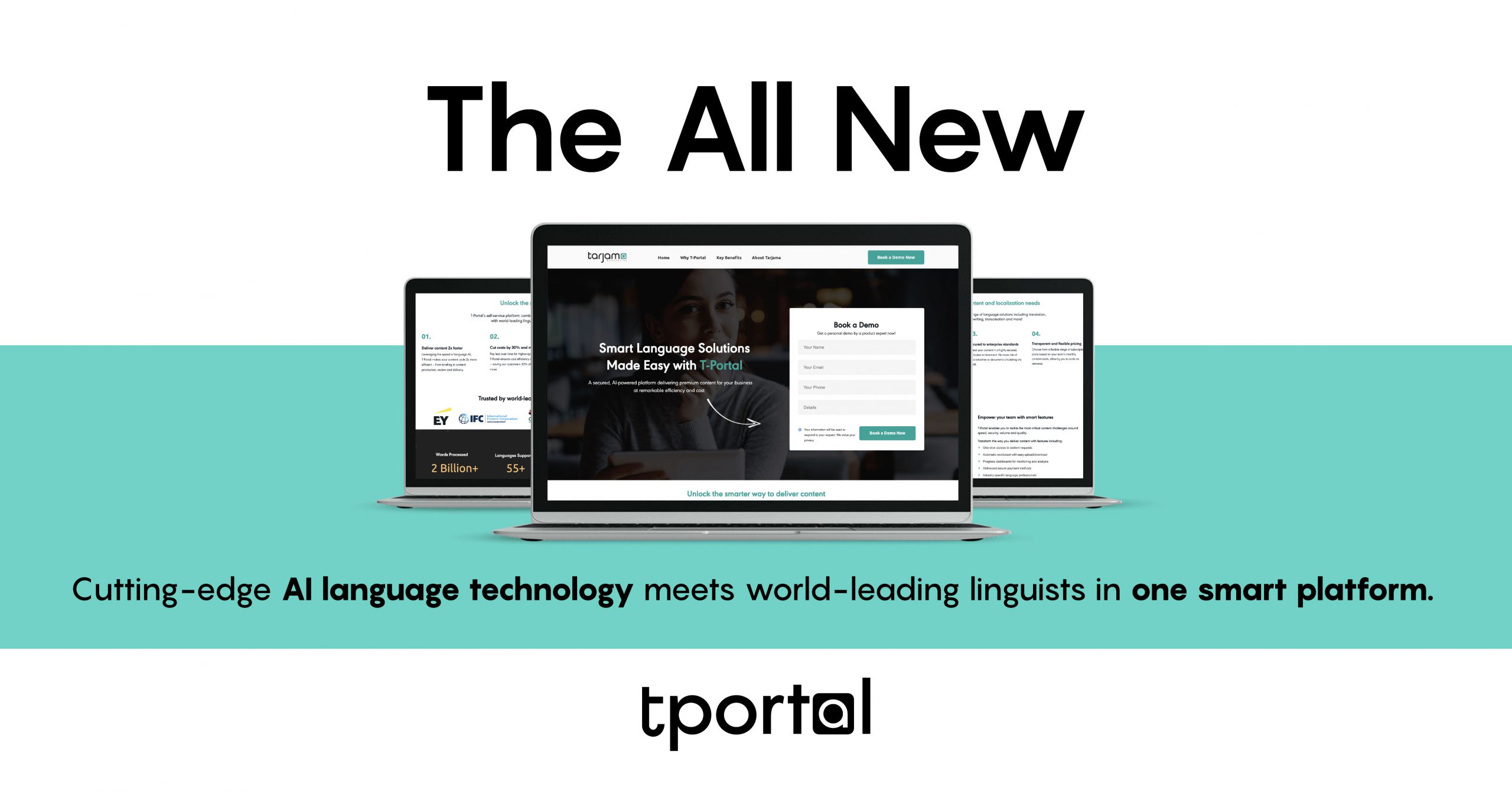In today’s world, every company selling online should follow a successful e-commerce localization strategy to build brand awareness and expand globally. These practices have many advantages, and the benefits of localization are game-changing. Quality e-commerce translation of your content combined with accurate localization creates an outstanding online presence and helps you enter new localized online marketplaces. Regardless of which strategy you choose, the secret to international success in the e-commerce world is localization.
To clearly understand the context, it is essential to know what localization is: It means organizing and editing the translations of websites, documents, or visuals to appeal to different cultures and languages. Suppose a broader definition is to be made. In that case, the adaptation of content such as books, movies, web pages, products, and programs by considering local culture, linguistics, and social characteristics of the targeted ethnic community, geographical region, and the market status is called localization.
Localization practices are essential for many fields: health, legal services, technology, art, literature… But one area has been becoming prominent: E-commerce. So what is e-commerce localization? What does it include? Keep reading to find out.
What is E-Commerce Localization?
With the rise of digitalization, companies began to carry out their business on digital platforms, thus opening the doors of global expansion for companies of all sizes. E-commerce allows companies to introduce and sell their products or services worldwide without physical stores and expenses, unlike the traditional type of commerce.
To provide a smooth online shopping experience globally, a good sales service with a solid knowledge of the localized online marketplace should be established and a professional e-commerce translation and localization for your website and products in the background.
However, although e-commerce takes place on digital platforms, it is basically no different from traditional commerce. The principle of providing customer-oriented and reliable service at the least cost is also valid for e-commerce. So, it can only be achieved through a quality e-commerce localization strategy.
If you want to provide a fast and reliable e-commerce experience, you should know your customers and speak the same language as them. When purchasing behaviors worldwide are examined, it is revealed that users mostly prefer to shop from e-commerce sites that sell in their mother tongue. As a result, even though English is spoken widely, adapting an e-commerce English translation only is not enough.
The e-commerce sector is one of the sectors where localization is among the most preferred and essential services. If sales are to be made in a new region and if a product or service is to be introduced to a different culture, the most accurate message must be given to the end-user. Therefore, accurate e-commerce translation and localization studies should be carried out because the correct perception of the product or service in the targeted region directly impacts the sale of the product.
Localization is also one of the most essential strategies in e-commerce, where the competition between leading e-commerce sites is intense. Well-known companies such as eBay or Amazon follow efficient e-commerce localization strategies for the online stores they launch in each country.
Written content, graphics, icons, symbols, and even colors should be localized, but also considering the targeted countries’ usage habits and cultural structures is critical. The need to adapt the content according to the regional location is mainly preferred in websites, software, or interface. However, the process of building a thriving localized online marketplace for your brand should also include localization of all marketing activities: Ads, e-mails, product descriptions, and guidelines are the content pieces that will attract and impress potential customers.
What is the Difference Between E-Commerce Localization and Translation?
While translating from one language to another, the fact that it only complies with grammar rules does not show the adequacy of that translation. A high-quality translation abides by the rules of that region, the structure, and society’s culture. For this reason, localization is one of the most important processes of translating.
E-commerce translation includes translating the website content, software, product descriptions, and all visuals. It is the translation of the content by adapting them to the consumer preferences in the target market. Websites in B2B, B2C, or other business models serving in e-commerce must be successfully localized to be accepted by consumers in the targeted region and its culture.
Unlike e-commerce translation, localization is a particular type of translation that requires the translator to have creative language and expression skills. Suppose you want to sell globally with your local texts that are natural and fluent as if they are written in the native language and reach your target audience. In that case, you should also do localization after the translation process. For this, you should do extensive research about the culture and habits of your potential customers. Then, you should work with an experienced language service provider so a well-thought e-commerce localization strategy can be made just for your business.
E-commerce sites promise fast and reliable products and services to users. Unlike corporate websites, they should be much more consumer-oriented and under constant development to convert visitors into customers. If you want to get your share of the cake in the e-commerce sector, one of the fastest-growing sectors in the world, the language you use at every stage of your digital stores is fundamental.
Studies conducted worldwide show that users who shop online prefer sites that offer products/services in their native language. It would be best to adopt an effective e-commerce localization strategy to create a reliable image and achieve your short and long-term profitability goals.
10 Main Reasons to Localize E-commerce Businesses
The benefits of localization have transformative effects. When entering a new online marketplace, it is of great importance to localize your content considering user preferences, from the design of your website to its content, as well as the service you offer. Therefore, for a successful e-commerce localization, the translation process should include localization applied from site design to content. Let’s look at the reasons why you should localize your e-commerce business.
Localization Includes SEO (Search Engine Optimization)
E-commerce localization uses the most searched keywords in your industry on the internet while localizing your website. Suppose you want to reach potential new customers and develop long-term communication with your international customers who are shopping on your site. In that case, there should be consistency between email marketing, remarketing, banners and ads, and your product descriptions. It would help if you worked with language experts familiar with the marketing language and digital marketing platforms.
Localization Strengthens Your Brand Awareness
The higher your brand awareness, the higher your revenue obtained. For example, when you enter an electronics store, your choices most probably include the brands you know or have seen before. With well-established brand awareness, the consumer can feel intimacy with your brand even if he or she has not used your products or service before.
Brand awareness builds trust in your products, and as consumer acquisition depends on trust and quality, market recognition adds value to your business. The more your brand is announced to the masses, the more it reaches an important position. This success can only be achieved through accurate and sincere communication, which localization provides.
Half of Consumers Prefer Their Native Language
We already know that commerce customers always prefer shopping in their own countries. However, many studies show that more than fifty percent of e-commerce customers “only” shop from sites in their own language. This reveals why companies that want to invest in that country should “sell in the native language.”
Companies that Invest in Localization Announce More Profits
When it comes to e-commerce, large companies see the benefits of localization. A survey conducted on companies in different parts of the world revealed that companies using localization services reported 1.5 times more profit than non-users. This ratio is especially noticeable in the e-commerce sector. This is because products and services can be delivered to potential customers over the web in the correct language in accordance with their culture and preferences.
Localization Overcomes Communication Barriers
Correct communication is the biggest reason why leading e-commerce companies want to invest in e-commerce translation and localization. The solution for communication problems between your brand and your customer is to speak the same language as them. Strong relations also affect finances, reflecting quite positively on values and profits.
Localized Ads Get More Clicks
If your company advertises in localized online marketplaces, you need to build your e-commerce marketing strategy following the language of that country. According to the research of Appia, which provides business development consultancy for mobile-focused projects in international markets, advertising works best when it’s localized. Using the language of the targeted country instead of only English bring 86% more clicks!
Localization Attracts International Customers
English is one of the most widely spoken languages in the world. Yet, if you want to attract international customers, e-commerce English translation may not be enough for your business. As mentioned before, customers prefer shopping from websites that are in their native language
You Cannot Rely on Your Employees’ Foreign Language Knowledge
Your employees stand out as the most important element of your company’s communication with customers. Therefore, you cannot leave the success of your business only to your employees. Big brands are aware of this, and they always benefit from professional localization services.
Localized Posts are More Influential
Positioning your social media communication at a regional level is of great importance for the success of your brand. Instead of giving the same message to customers who differ in terms of language, culture, and preferences, localizing your posts for each of your target communities will establish a bond between your brand and customer. Localized posts show that you care about your customers.
Localization Leads to Globalization
Globalization can be defined as the free movement of products and services, as well as any data between countries. It is the free circulation of the information and services that promote expanding globally, leading to the advancing interdependence of markets, companies and even governments worldwide. More than one region clearly understanding your message means you are to be known globally. Because every region is in a cycle of free data and service movement.
At Tarjama, we provide professional language services all around the world. Bringing together AI with highly experienced language experts, we aspire to deliver excellent translation, localization, interpretation, content creation, transcription, subtitling, and strategic advisory services. If you want to achieve your business goals, reach us today!




















